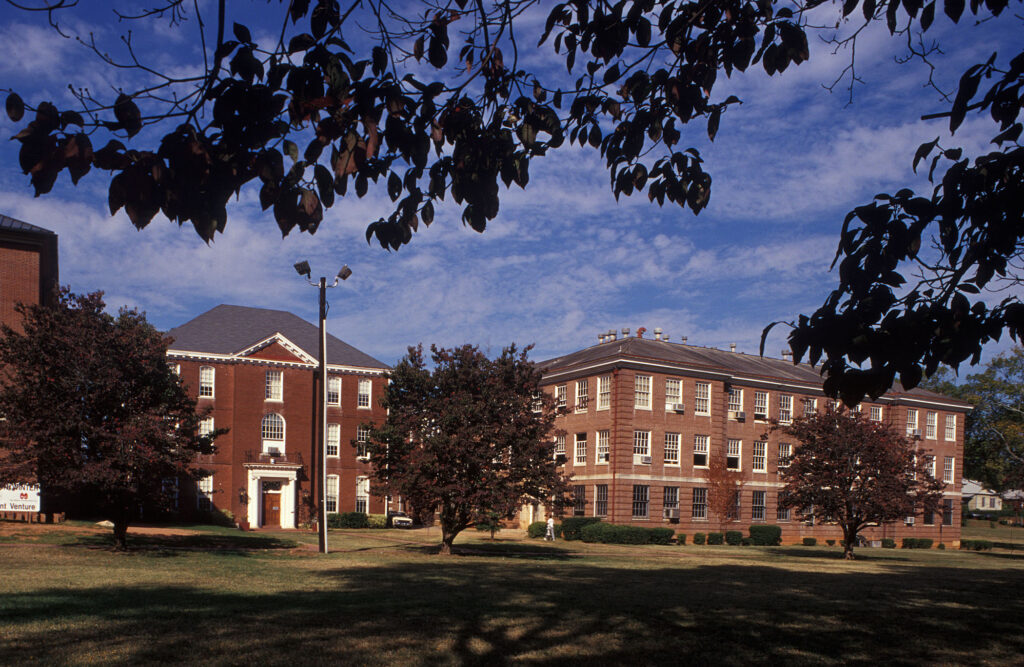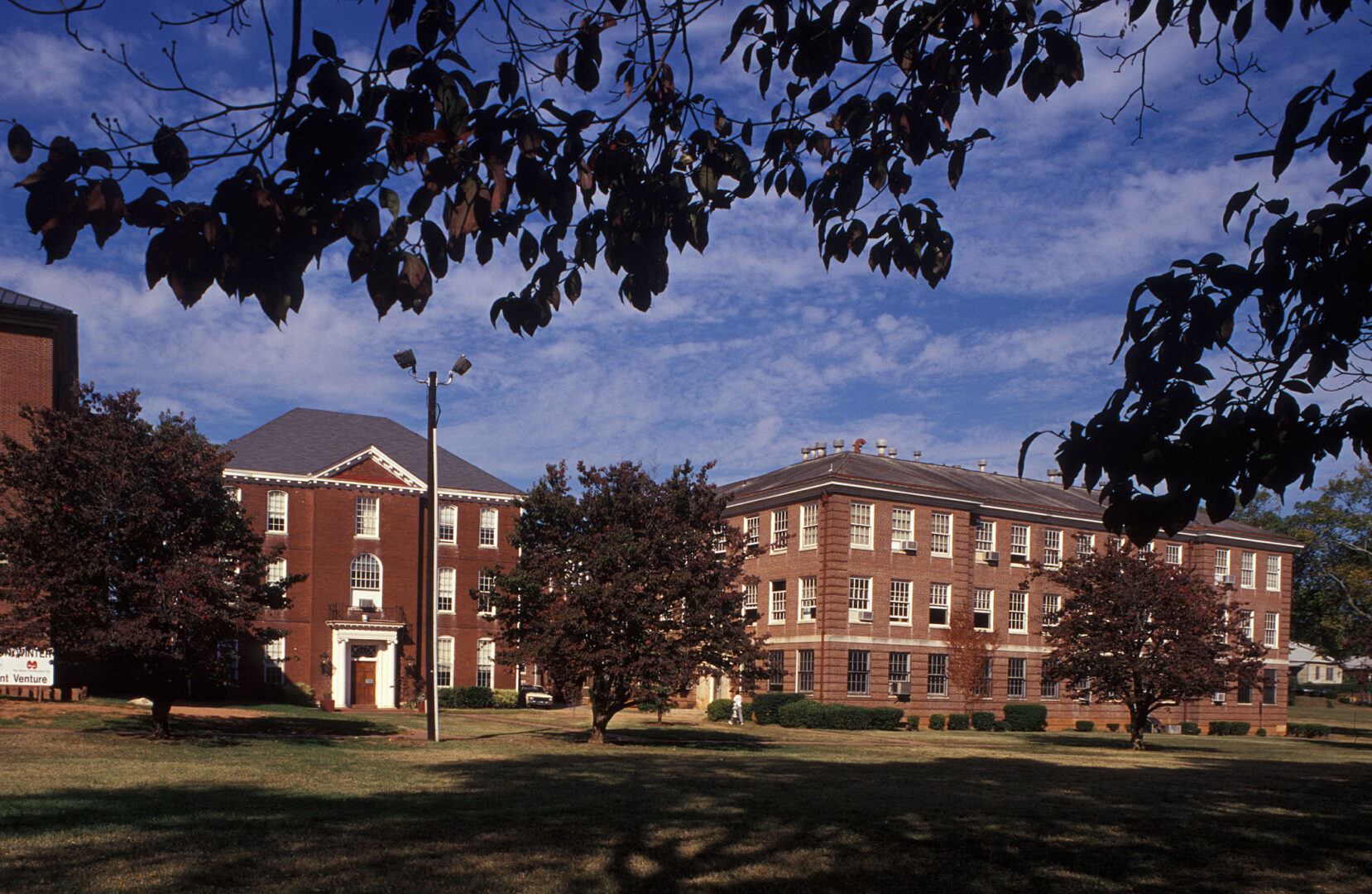HOPE (Helping Outstanding Pupils Educationally), created under the supervision of Georgia governor Zell Miller, is a state-financed merit-based scholarship program. Funded by lottery-ticket revenues, HOPE provides tuition assistance at Georgia public universities, colleges, or technical institutions for students who graduate from a high school in the state with a 3.0, or “B,” average. Students must maintain this average at the college level to retain the scholarship. (The scholarship pays up to $3,000 for students attending private schools.) As of 2018, more than $10 billion in HOPE funds have been awarded to 1.8 million Georgia students.

Courtesy of Georgia State University
In 1991 the Georgia General Assembly passed an amendment to the state constitution designating lottery proceeds for educational purposes only, and voters ratified the amendment the following year. Concerned with the state of education in Georgia high schools and colleges, Governor Miller allocated much of this revenue to create the HOPE scholarship, with a three-fold purpose. Foremost of these was to improve the quality of education in Georgia by providing an incentive for students to perform better in high school and maintain that performance in college. Miller also hoped that the scholarship program would encourage top-performing high school students to attend college in-state. Finally, HOPE addressed the disparities between college enrollment of whites and African Americans, and between socioeconomic classes.
HOPE was not entirely merit based upon its inception in 1993. At the time, it paid for two years’ full tuition for students who graduated with a “B” average and had a family income of less than $66,000 per year. The success of the Georgia lottery allowed legislators to expand the income cap in 1994 to $100,000, and in 1995 the General Assembly abolished the income cap. As a completely merit-based scholarship, HOPE has enjoyed enormous growth. In 2016 more than 95,000 college students from Georgia received HOPE funds, including more than 27,000 first-year students.

Oil portrait by Thomas V. Nash, Roswell
The HOPE scholarship set off a national debate on the effectiveness of merit-based versus need-based programs. Critics point out that HOPE has actually widened the gap between high- and low-income students, as well as widened the disparities in college-going rates for those other than whites and Asians. Scholars argue that the rise in attendance by high-income students at Georgia’s research institutions has raised requirements and tuition, thereby relegating low-income students to lower-tier state schools.
Allegations of grade inflation at the high school level have resulted in tougher standards for HOPE. In 1996, because nearly 70 percent of HOPE recipients were not maintaining the necessary grade point average at the college level, Governor Miller mandated that high school students hold a “B” average in their core classes (English, math, science, social studies, and foreign language). The change became effective with the high school class of 2000. In 2004 the General Assembly lowered the cap on the number of hours (127 semester or 190 quarter) that HOPE pays for in order to preserve funding.
Following a budget shortfall in 2011, Governor Nathan Deal made further changes to the program, eliminating mandatory fee and book awards and reducing the HOPE scholarship to cover a percentage of tuition set annually by legislators. At the same time, he created the Zell Miller scholarship, which provides full tuition for Georgia high school students who have a minimum 3.7 GPA and a combined score of 1200 on the SAT or 26 on the ACT.
HOPE has generally been successful in the areas that Governor Miller sought to address and has gained national recognition. A study published in 2006 by the Journal of Labor Economics found that statewide SAT scores had increased by around forty points since the implementation of HOPE and that freshman enrollment at state schools increased by 15 percent between 1988 and 1997. Enrollment by Georgia students at out-of-state historically Black colleges and universities decreased by 34 percent between 1992 and 1994, and in 2006 enrollment by African Americans at all Georgia colleges and universities had increased nearly 70 percent since HOPE’s inception.

Courtesy of Historic Preservation Division, Georgia Department of Community Affairs.
HOPE is also credited with helping to retain many of the state’s best students, which has benefited colleges and universities across Georgia. The national rankings of the University of Georgia, for example, have increased dramatically since the advent of HOPE.
In addition to scholarships, the program also offers student aid in the form of grants, including the HOPE grant, Zell Miller grant, HOPE GED grant, and HOPE Career grant.









